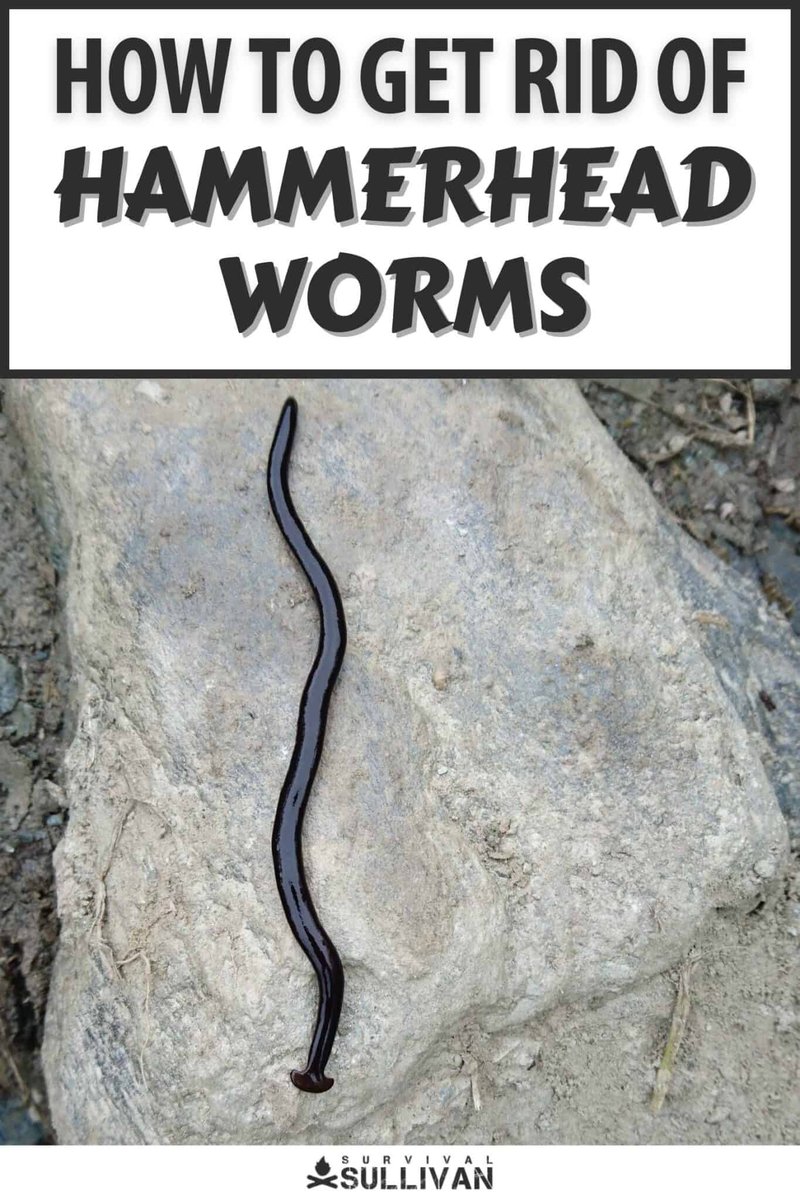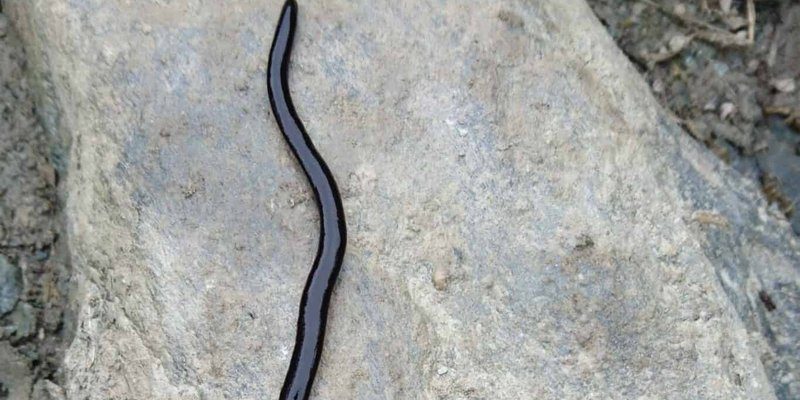
So, what’s the deal with hammerhead worms, and how can we outsmart them? Let’s think of your garden like a cozy little apartment. You want to keep it clean, fresh, and free from any unwanted pests. Just as you wouldn’t let critters take over your living space, you shouldn’t let hammerhead worms disrupt your plants’ peace. Grab a coffee, sit back, and let’s dive into some practical tips to help you maintain a happy, healthy container garden—without hammerhead worms crashing the party.
What Are Hammerhead Worms?
Hammerhead worms, also known as *Bipalium*, are fascinating yet troublesome flatworms that can be found in damp environments. They get their name from their distinctive shape, which resembles a hammer at the head. While they may look interesting, these worms can be quite harmful to your garden. They primarily feed on earthworms and other beneficial soil organisms, disrupting the ecosystem of your container garden.
You might wonder how they even get into your garden in the first place. They typically invade through contaminated soil or plants. If you’re buying soil or plants from a store, there’s a chance they could bring these pests along for the ride. Think of it like an unexpected guest showing up uninvited.
It’s important to be aware of their potential impact. Hammerhead worms can lead to less fruitful plants and an unbalanced garden. This is why being proactive is crucial to keeping your container garden thriving and free from these foreign intruders.
Signs of Hammerhead Worm Infestation
If you suspect hammerhead worms might have taken up residence in your garden, knowing the signs is key. The best way to spot these invaders is to keep an eye out for their unique appearance. They can range in color from brown to gray, often appearing shiny and smooth. You might also find them curled up in the soil or creeping along the surface in the early morning or late evening.
Another sign of their presence is a sudden decline in your garden’s health. If you notice that your plants are wilting, struggling, or not producing as well as they used to, it could be a clue that hammerhead worms are to blame. They feed on the earthworms that aerate and enrich the soil, leading to a less lively garden environment.
Lastly, if you start seeing the flat, ribbon-like bodies of these worms, it’s time to take action. Trust me, you don’t want to ignore their presence! The sooner you recognize an infestation, the easier it will be to address the issue.
Choosing the Right Soil for Container Gardening
One of the most effective ways to prevent hammerhead worms is by starting with the right soil. Opt for high-quality, sterile potting mix when planting your container garden. This is like laying a solid foundation before building a house—you want to ensure it’s strong and secure.
Avoid using garden soil from outdoors, especially if you suspect it could be infested. Instead, look for a mix that includes ingredients like peat moss, perlite, and compost. These components not only nourish your plants but also create an inhospitable environment for pests. The right soil can make all the difference in keeping your container garden healthy.
Additionally, consider making your own potting mix. Combine equal parts of compost, peat moss, and perlite to create a nutrient-rich blend that’s free from the risk of hammerhead worms. It’s like crafting your own secret recipe, tailored just for your plants.
Regular Maintenance and Monitoring
Let’s talk about the importance of regular maintenance in your container garden. Think of it as keeping your living space tidy—you wouldn’t want dust bunnies or crumbs piling up, right? Similarly, regularly checking your plants and soil helps you spot potential problems before they escalate.
Make it a habit to inspect your containers for any signs of pests, including hammerhead worms. If you find any, removing them by hand is often the quickest solution. Just use gloves and gently pick them out of the soil. You can also check for any dead or decaying plant matter, as this can attract these pesky worms.
Another tip is to rotate your plants. Changing the location of your containers can disrupt any potential infestations lurking in the soil. By giving your plants a new spot to thrive, you can reduce the chances of hammerhead worms settling in. It’s like giving them a fresh start, free from unwanted guests!
Companion Planting: A Natural Defense
Companion planting is like having a support system for your garden. By pairing certain plants together, you can create a natural defense against pests, including hammerhead worms. Some plants, like rosemary and mint, are known for their pest-repelling properties.
Consider adding these herbs to your containers. They not only brighten up your garden but also help keep unwanted critters at bay. Plus, having fresh herbs on hand for cooking is a bonus! Just imagine snipping off some mint leaves to add to a refreshing drink while knowing your plants are protected.
Additionally, planting marigolds can be beneficial. These colorful flowers attract beneficial insects and deter unwanted pests, making them a great companion in your garden. You’ll add visual appeal while giving your plants a helping hand.
Natural Control Methods for Hammerhead Worms
So, what happens if you do find hammerhead worms in your garden? Don’t panic! There are natural control methods you can use to get rid of them. One effective approach is using salt. Sprinkling a bit of salt directly on the worms will dehydrate and kill them. Just be careful not to overdo it, as too much salt can harm your plants as well.
Another option is to use diatomaceous earth, a natural powder made from fossilized algae. Sprinkling it around your containers creates a barrier that can deter hammerhead worms and other pests. Think of it as setting up a “no entry” zone for unwanted guests!
Lastly, you could try creating a trap. Place a shallow container filled with beer or soapy water in your garden. The worms will be attracted to it and drown. It’s a simple and effective way to manage these pests without resorting to harsh chemicals.
Keeping your container garden free of hammerhead worms is all about being proactive and mindful. By choosing quality soil, maintaining a regular care routine, and utilizing companion planting, you can create a flourishing environment for your plants. If you spot any signs of infestation, don’t hesitate to act quickly—natural methods are often the best way to maintain balance in your garden.
Remember, gardening is a journey full of learning experiences. The more you understand about your plants and their needs, the better equipped you’ll be to tackle challenges like hammerhead worms. So, take these tips to heart and watch your container garden thrive! Happy gardening!

